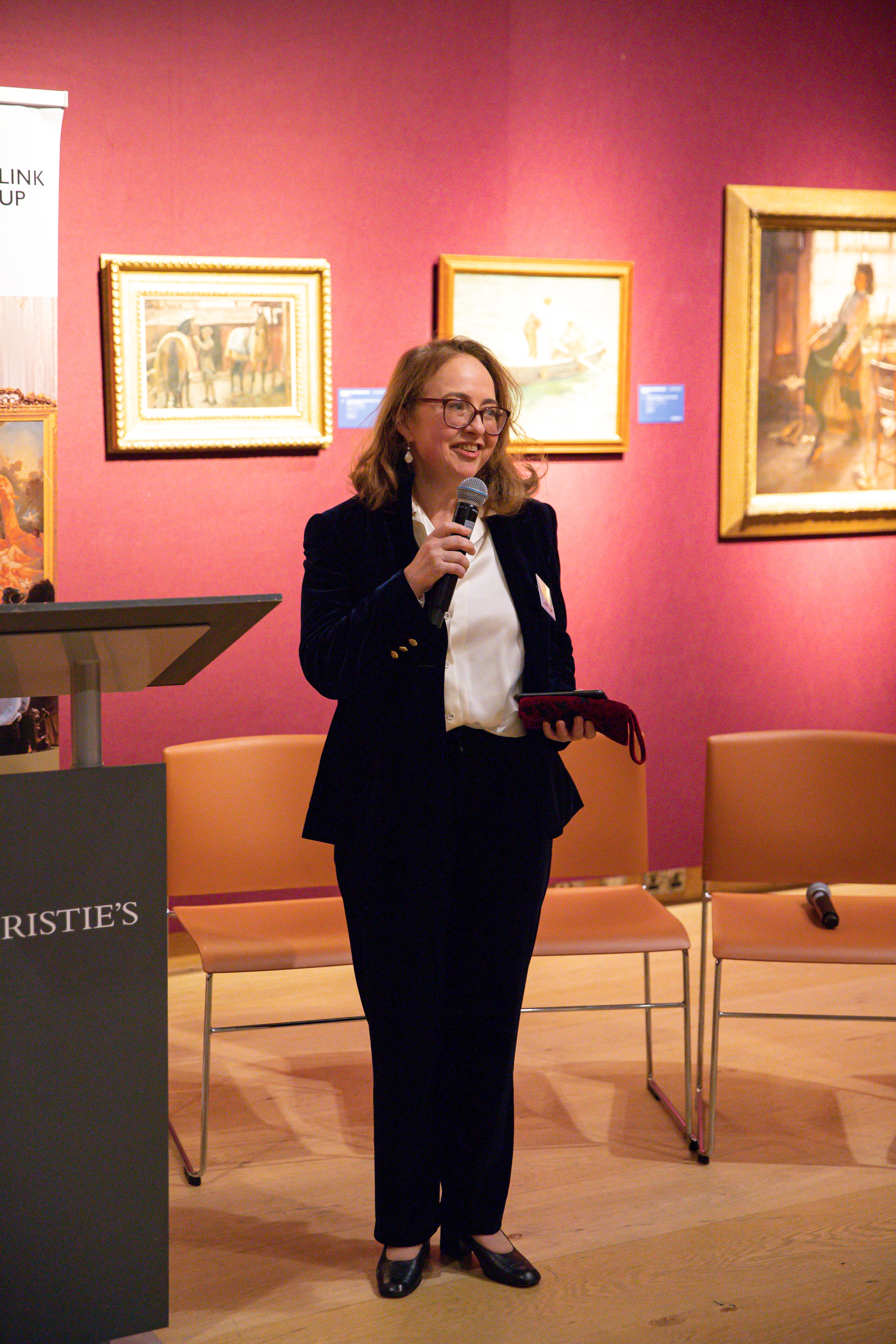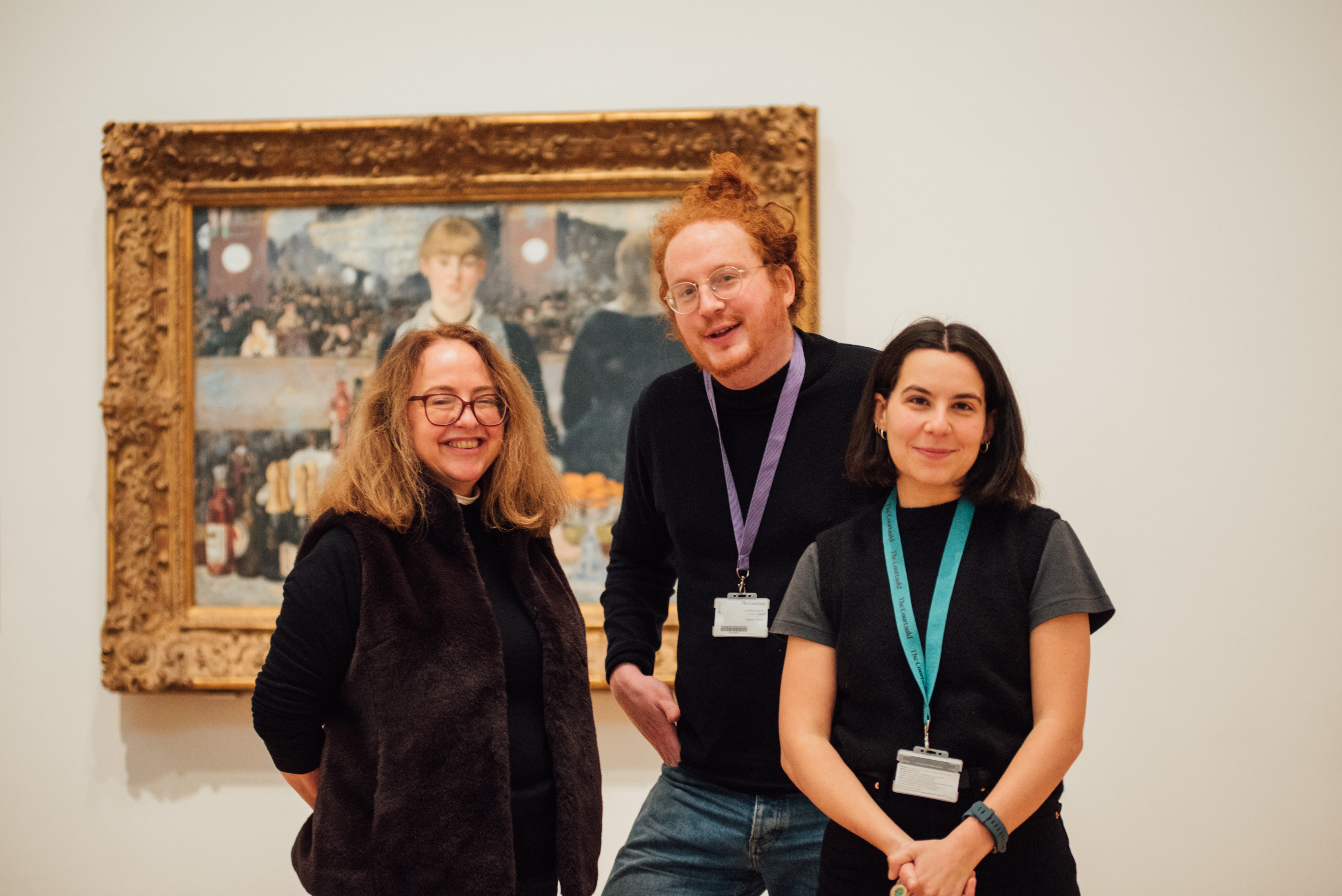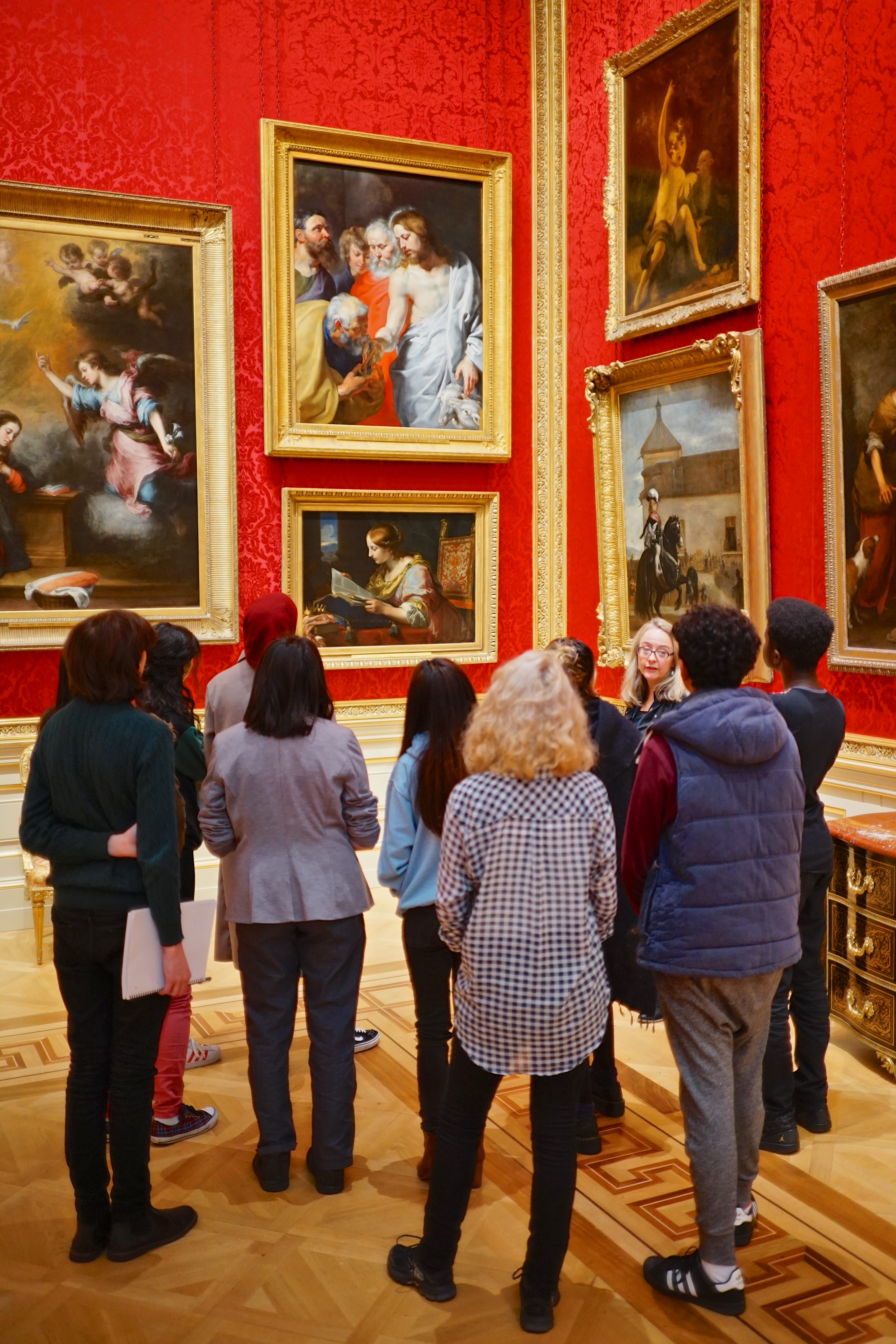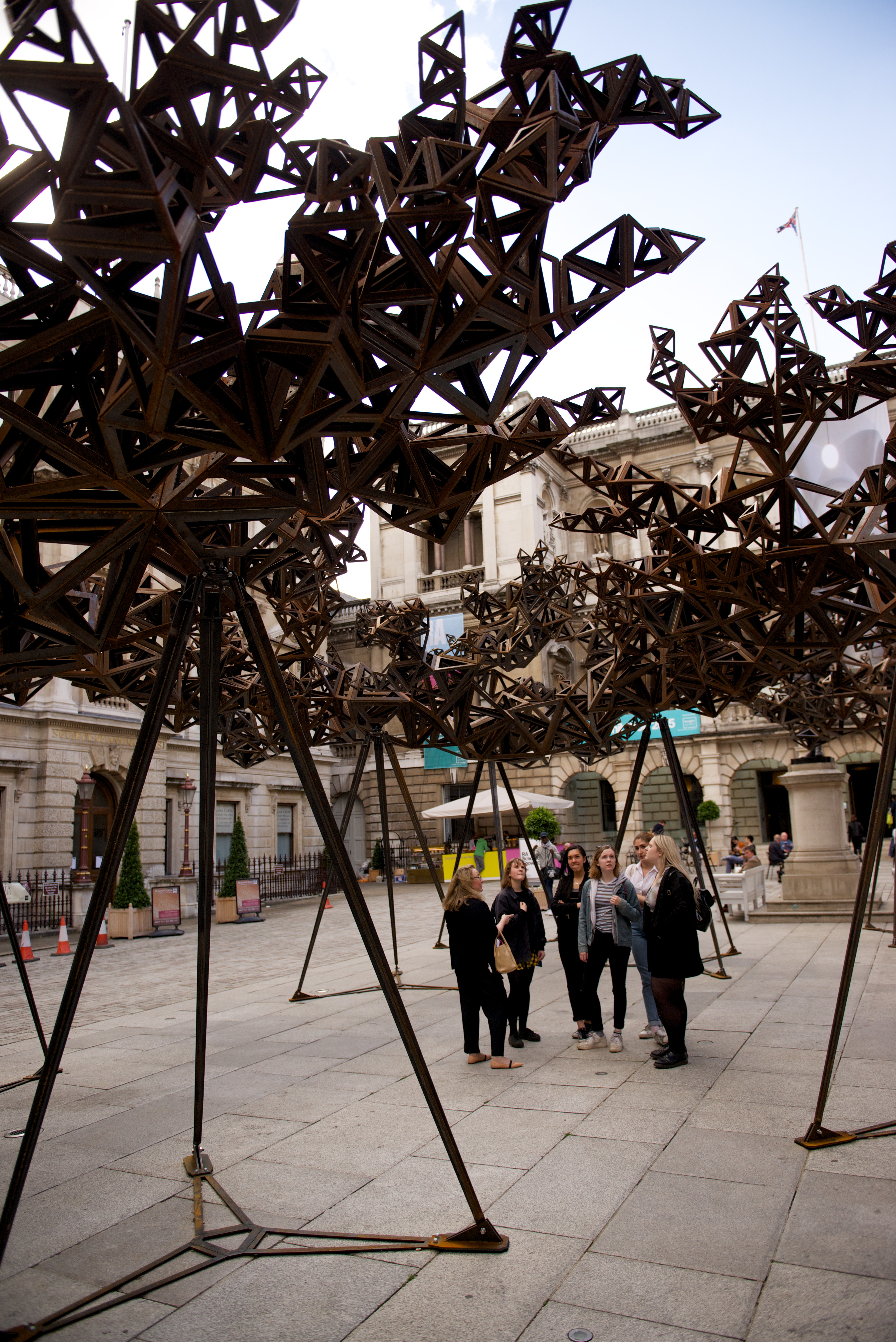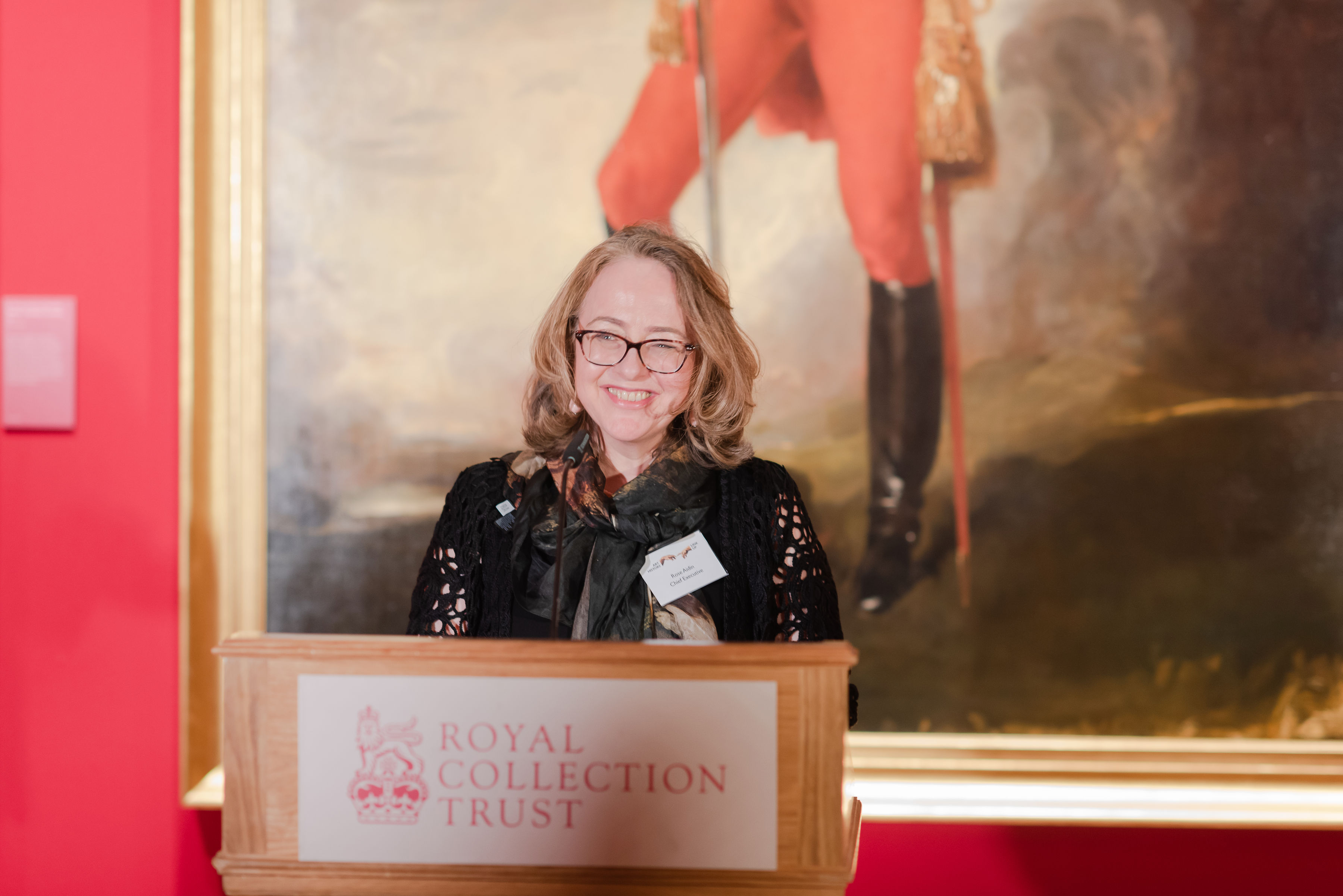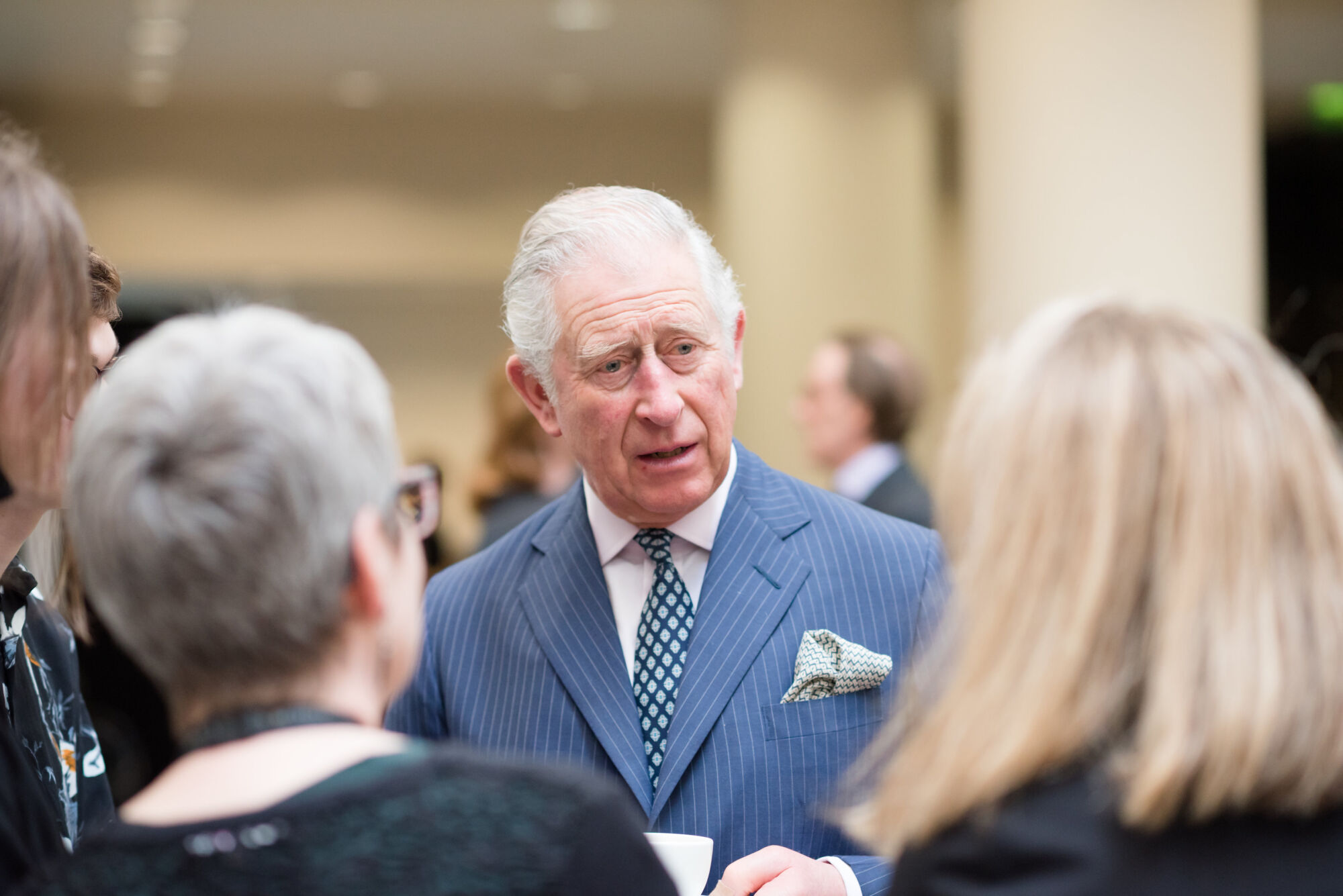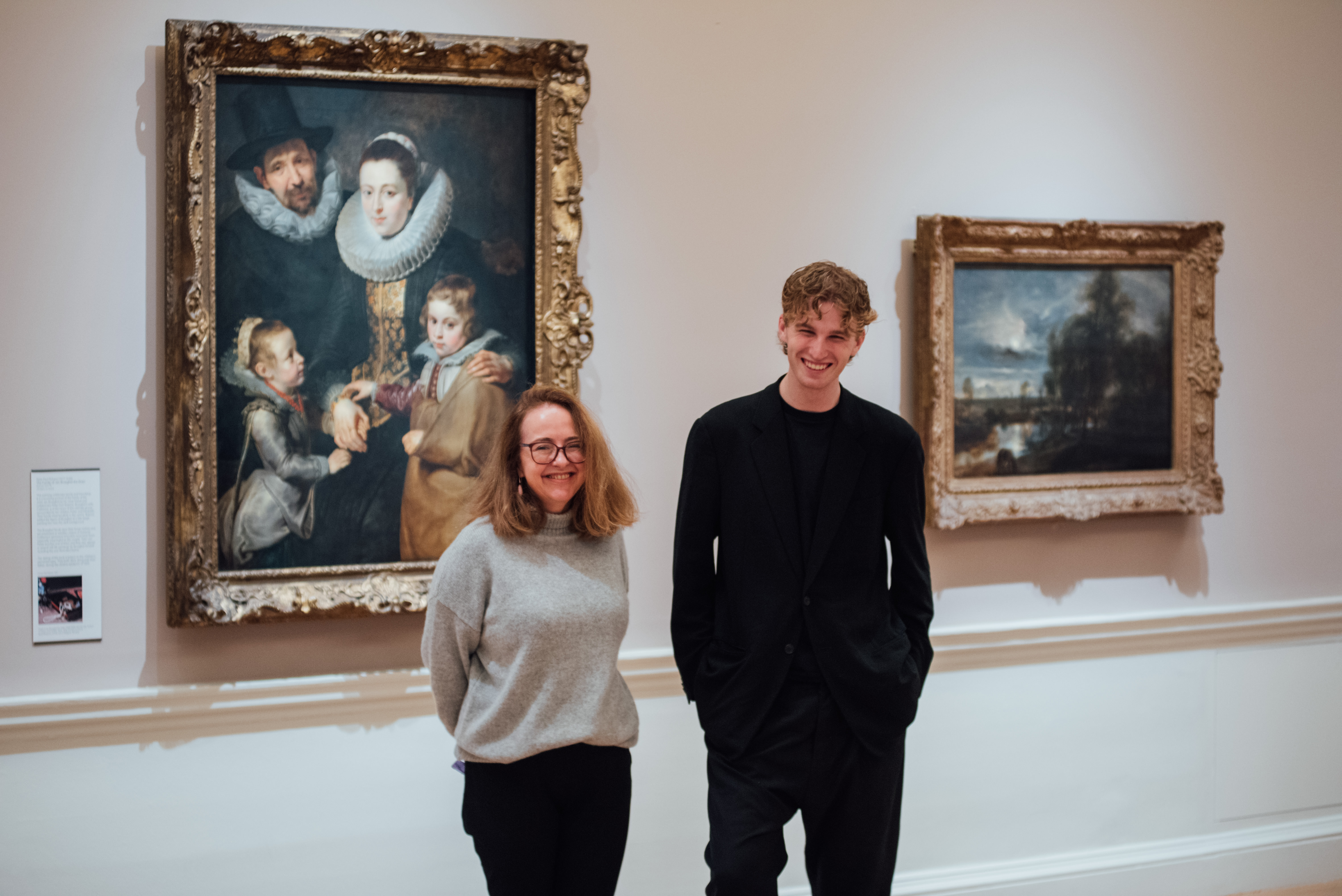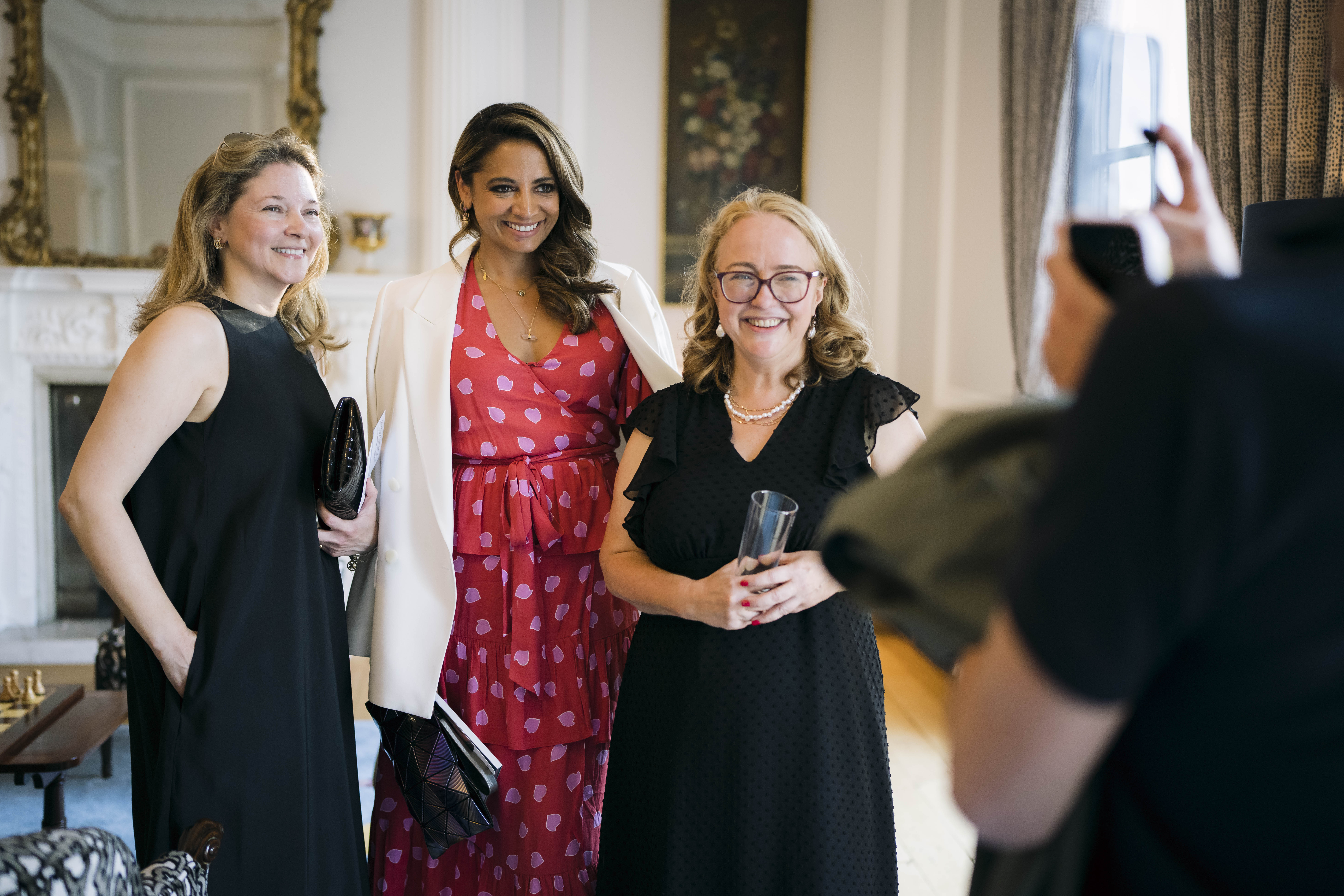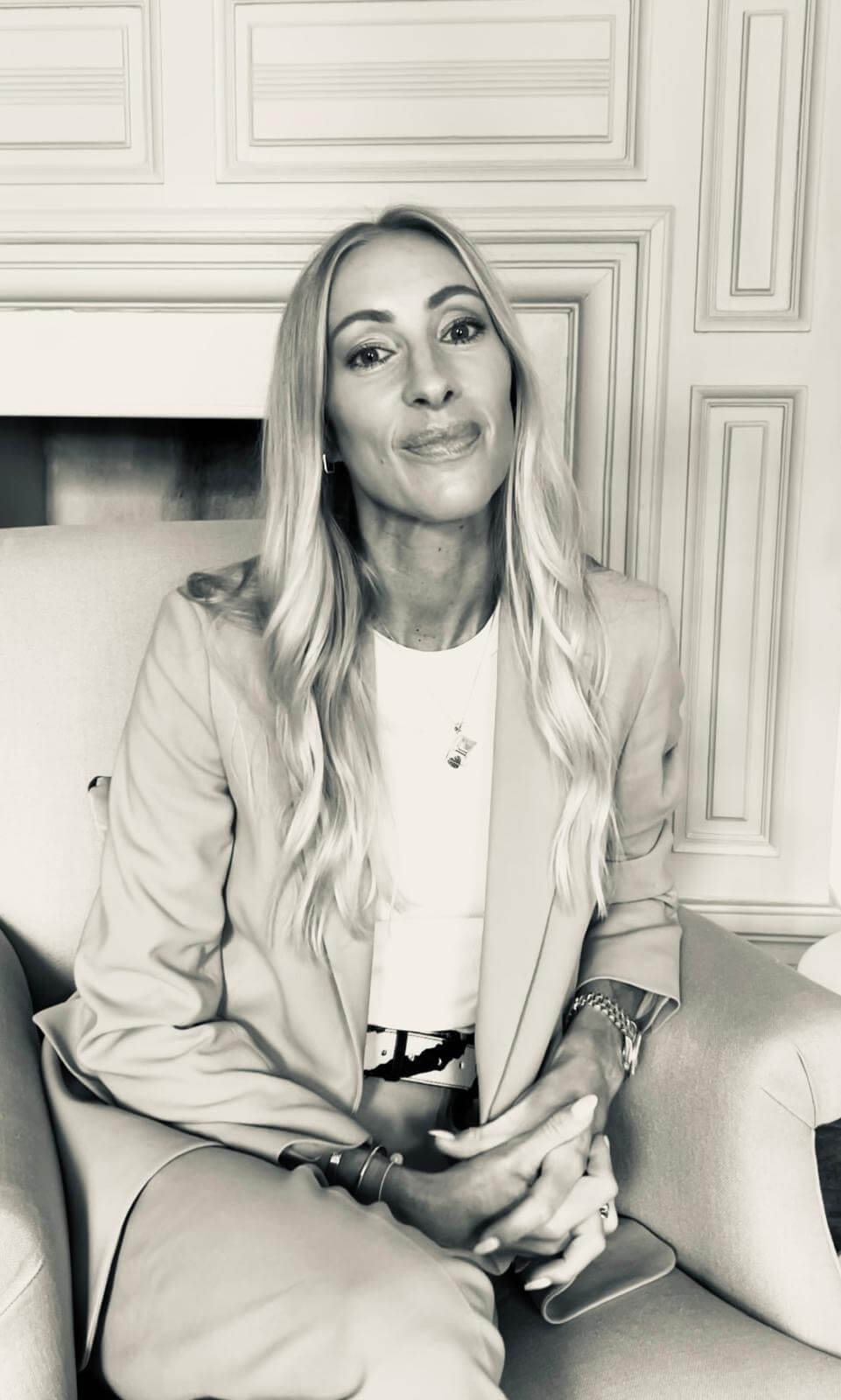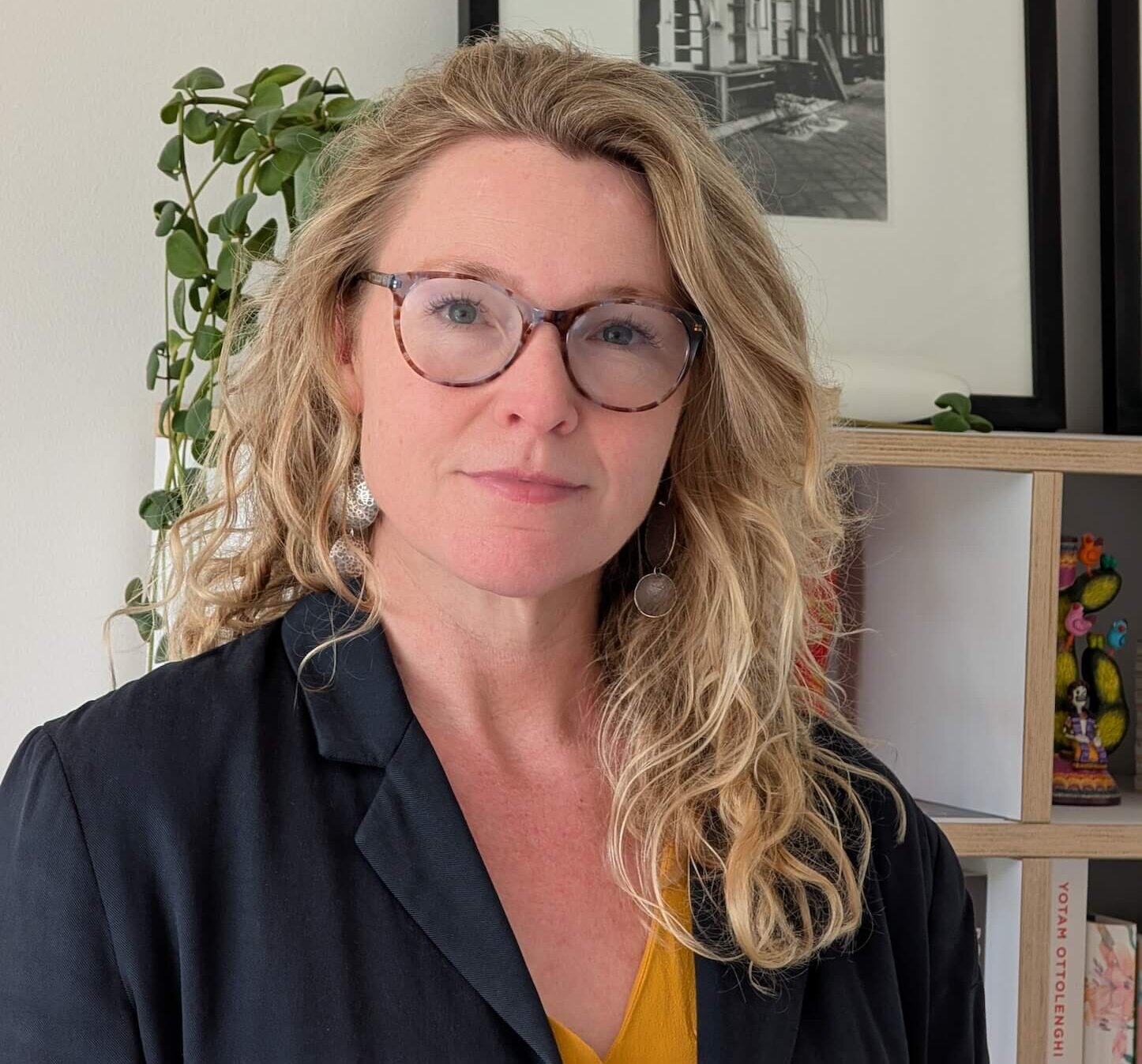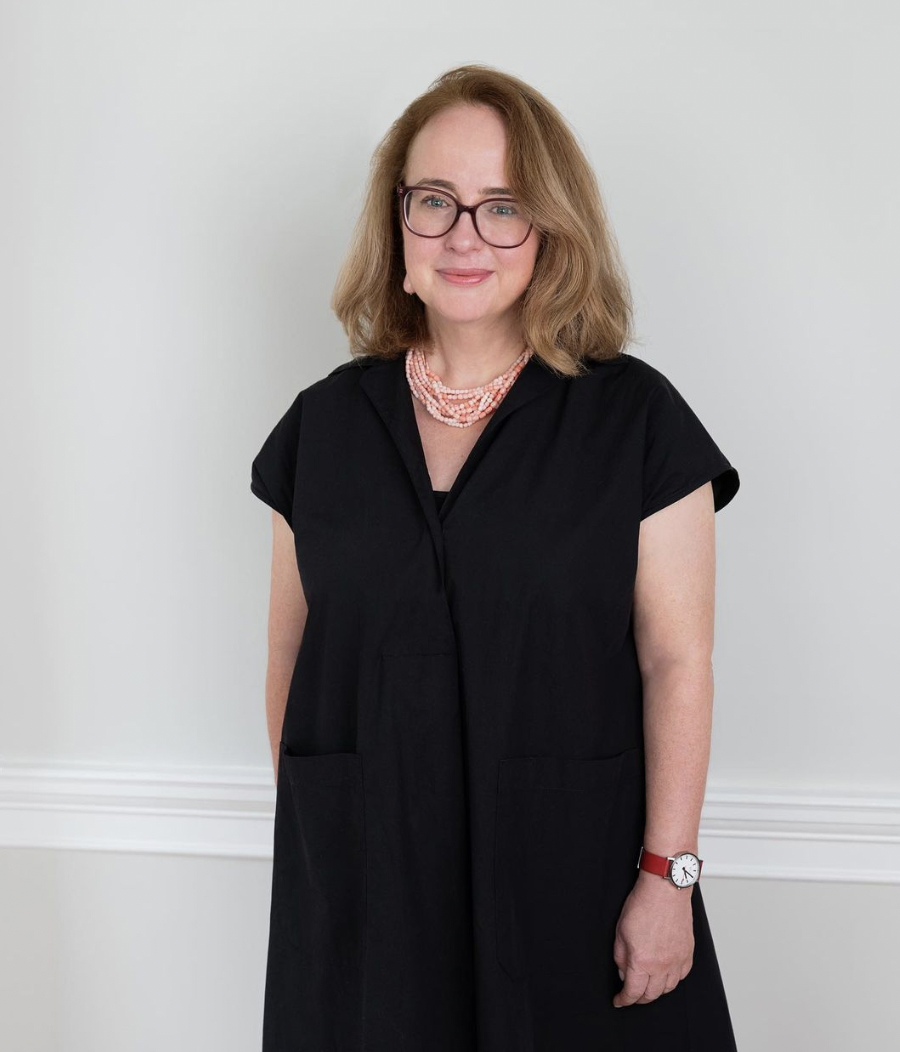

Interview Art History Link-Up’s founder, Rose Aidin
Aidin founded the charity Art History Link-Up (AHLU) in 2016 to enable more students to study art history online and in galleries, free of charge. Since then, almost 500 students from over 200 state schools across the UK have studied art history with AHLU. Many have also gone on to complete degrees in the subject at universities across the UK, including the Universities of Oxford and Cambridge and The Courtauld Institute, and have started careers in the sector.
Rose Aidin started her own career in the commercial art world at Sotheby’s before becoming a journalist specialising in the modern and contemporary art world and art market, writing for the likes of The Art Newspaper, The Guardian, Vogue and Harper’s Bazaar. Following a downturn in journalism post 9/11, she became a part-time art history teacher herself, gaining a PGCE with QTS teaching qualification in Art and Art History.
THE WICK: Tell us about your typical Monday.
Rose Aidin:
Mondays are usually spent catching up with the team on plans, progress and developments, and setting goals and targets for the week ahead. AHLU is currently working on ambitious plans to develop a second phase of our ‘Introduction to Art History’ courses for 13- to 15-year-olds in state education over the coming three years. This follows on from successful pilot programmes in 2022 at the Dulwich Picture Gallery, The Courtauld Institute of Art and The National Gallery, however is significantly more complex – and very exciting.
We also catch up on any queries or issues from our teaching team and Art History A-level and Extended Project Qualification (EPQ) students that may have arisen from class over the weekend. Our free hybrid Art History A-level and EPQ courses currently take place on term-time Saturdays at The Courtauld Institute. With a large teaching team, and around 100 students, it’s important to ensure any queries are addressed, and all are communicating well. Luckily, our team and students are amazing, so this is usually a great way to start the week.
TW: The Art Newspaper recently reported that the UK’s visual arts are in crisis due to funding cuts and a weak economy. Why do you think the arts are so underfunded?
RA:
I think the arts are undervalued and a key aspect of our ‘Introduction to Art History’ programme is to gather robust evidence to demonstrate the positive impact of studying the arts for all young people and in all areas of their lives. The Vicar of St Martin-in-the-Fields, Revd. Dr Sam Wells, had a very interesting Radio 4 Thought for the Day recently – he said that we used to educate children for the good it brought to society as a whole, not for being enabled to ‘get a good job’ – i.e. for the community, not just for themselves. This is possibly why the arts are underfunded: because they are (generally) non-vocational, so the perception is that they don’t find you ‘a good job’. If the personalised ‘good job’ is the criterion, then this argument can justify underfunding certain categories. However, this is mistaken: the creative industries added over £100 billion to the UK economy in 2017, and account for 1 in 11 jobs in the UK, according to the most recent Department for Culture, Media and Sport figures.
AHLU offers our current and alumni students careers guidance and information about opportunities: many arts employers contact us directly as they are so keen to engage with our talented students in this way, and also to benefit from their diversity of views and backgrounds. The world is increasingly visual and visual culture ever more important. Access to arts education should be available and open to all in order to ensure a successful, relevant and vibrant future for the creative sector and, of course, all other areas as well.
TW: What can artists do to help the mission of Art History Link-Up?
RA:
We’ve long had an ambition to hold a fundraising auction of work by contemporary artists, and to develop imagery for a campaign to ‘save art history’, and merchandise alongside this – perhaps now is the time. Christie’s supports Art History Link-Up, and generously gives us office space as part of the partnership. The auction cycle and process are now in our blood, and that of our students, who frequently join us at events and seminars at Christie’s. Several alumni also now work there. If any artists would be open to donating a piece and/or time to raise money for this vital cause, please be in touch.
Otherwise, keep living by example: many of our teaching team are also artists and curators and discuss their practice with our students, whose feedback is consistently how important this is to them, and to their art history studies.
TW: From the viewpoint of an art history teacher, what would you teach in 100 years from now?
RA: Oh, that is a good question, the enduring qualities of works of art emerge slowly, but forensic skills, technical insight, an appreciation of vision and visual analysis skills always endure and will continue to be taught. I would put a bet on Francis Bacon myself, based on the strength of my student’s reaction to his work when I’ve taught it to them, and also the Royal Academy’s remarkable recent exhibition, ‘Francis Bacon: Man and Beast’.
“Access to arts education should be available and open to all in order to ensure a successful, relevant and vibrant future for the creative sector.”
